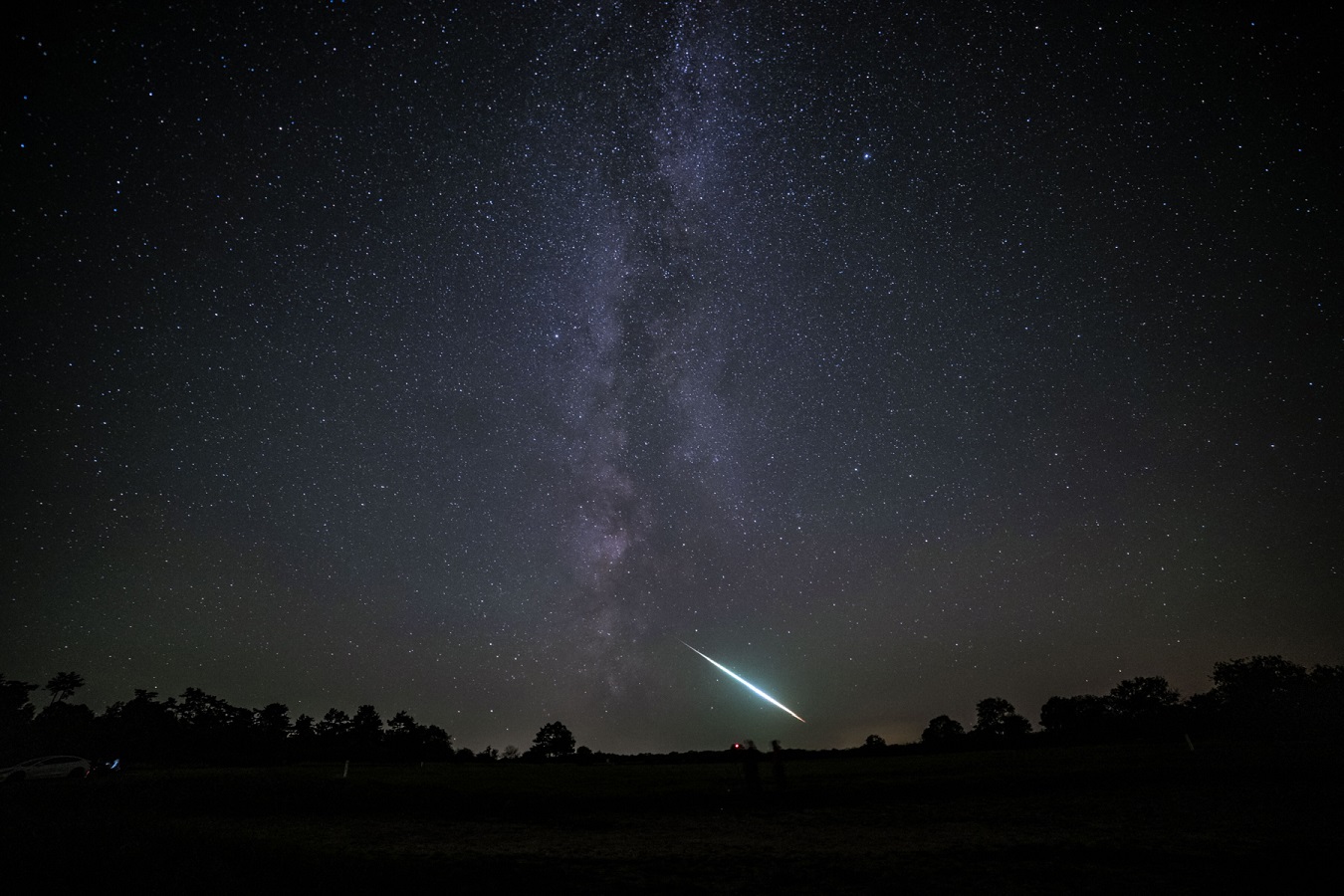
Meteor Activity Outlook for February 24-March 1, 2024
Cédric Humbert captured this colorful fireball low on the southwestern horizon on September 10, 2023, at 00:14 CEST (22:14 UT…

Cédric Humbert captured this colorful fireball low on the southwestern horizon on September 10, 2023, at 00:14 CEST (22:14 UT…
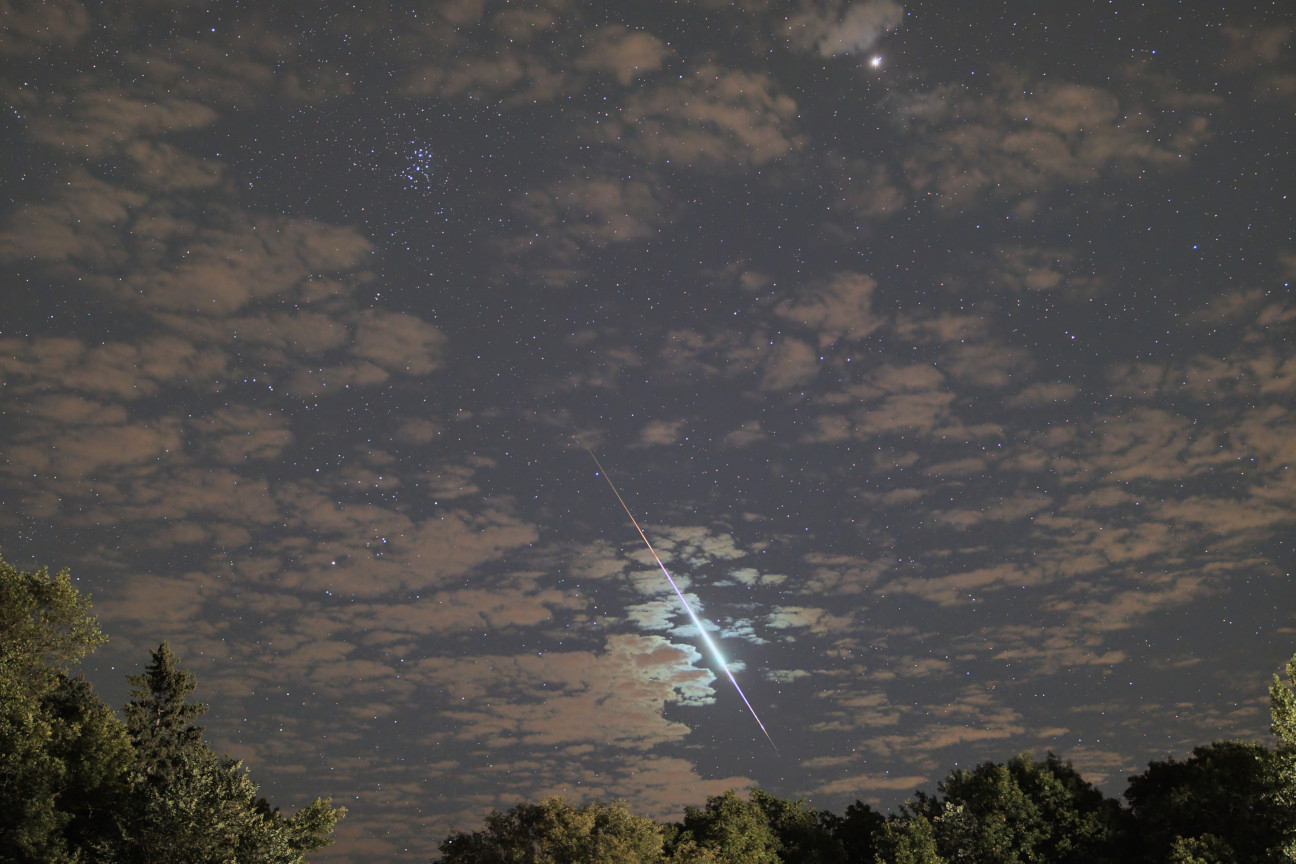
Eric Smestad captured this colorful fireball shooting through broken alto cumulus clouds on August 27, 2023, at 02:06 CDT (07:06…

Clara Perez obtained this exquisite photograph with a double bursting Perseid fireball passing close to the Scorpius Milky Way on…
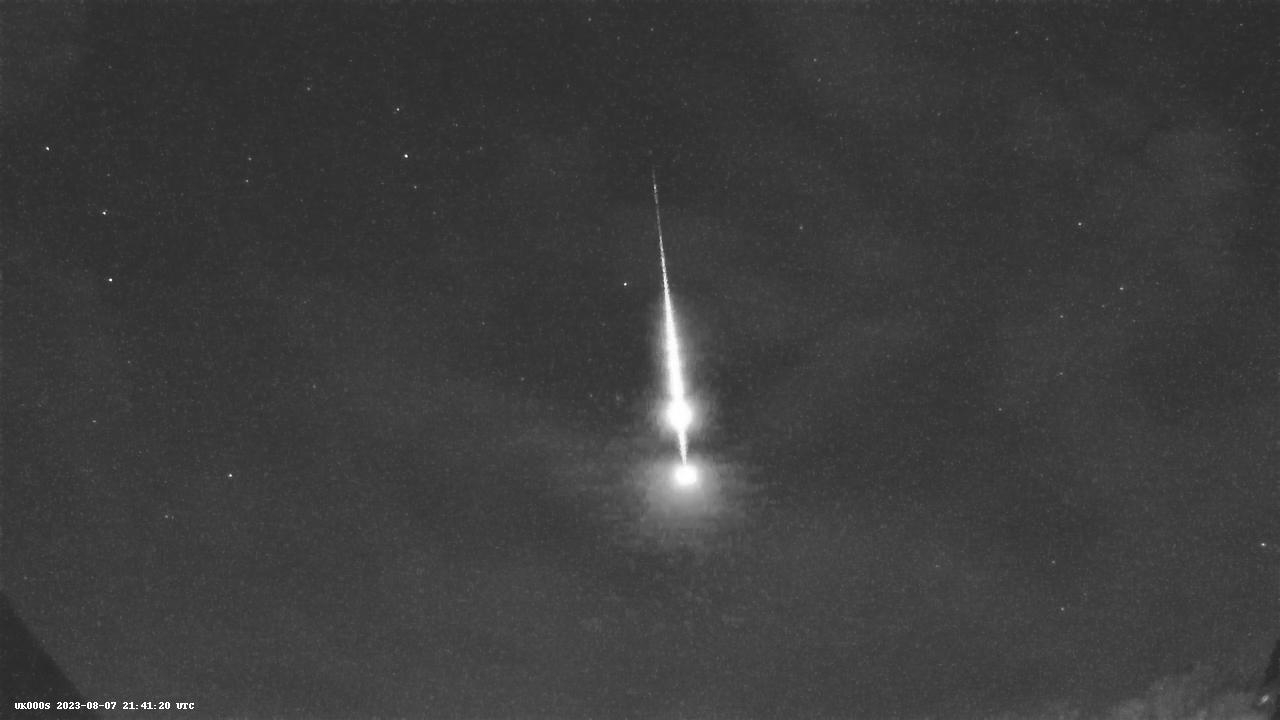
Richard Bassom captured this multi-bursting fireball passing close to Polaris on August 7, 2023, at 22:51 BST (22:51 UT) from…
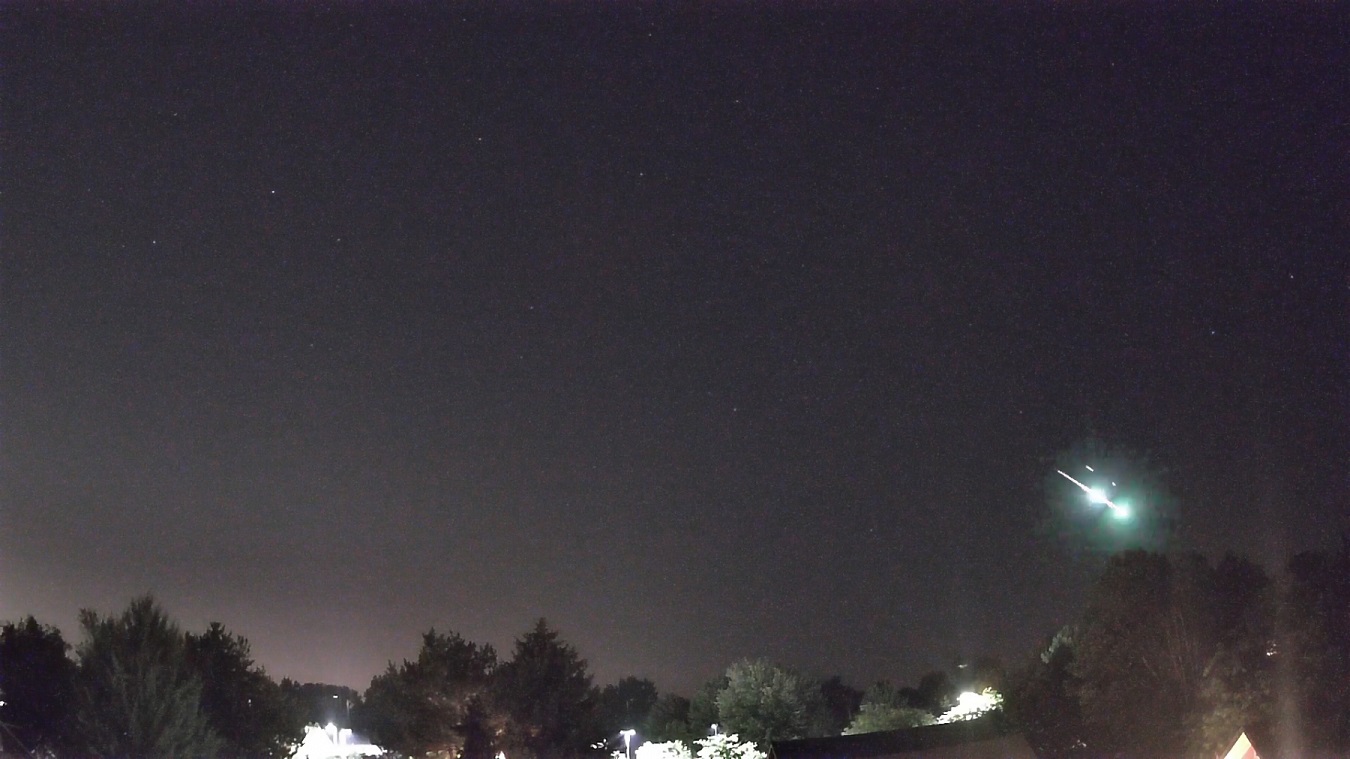
Jordan Ragsdale captured this double-bursting fireball using his AllSky Camera System on July 25, 2023, at 3:07 MDT (9:07 UT)…
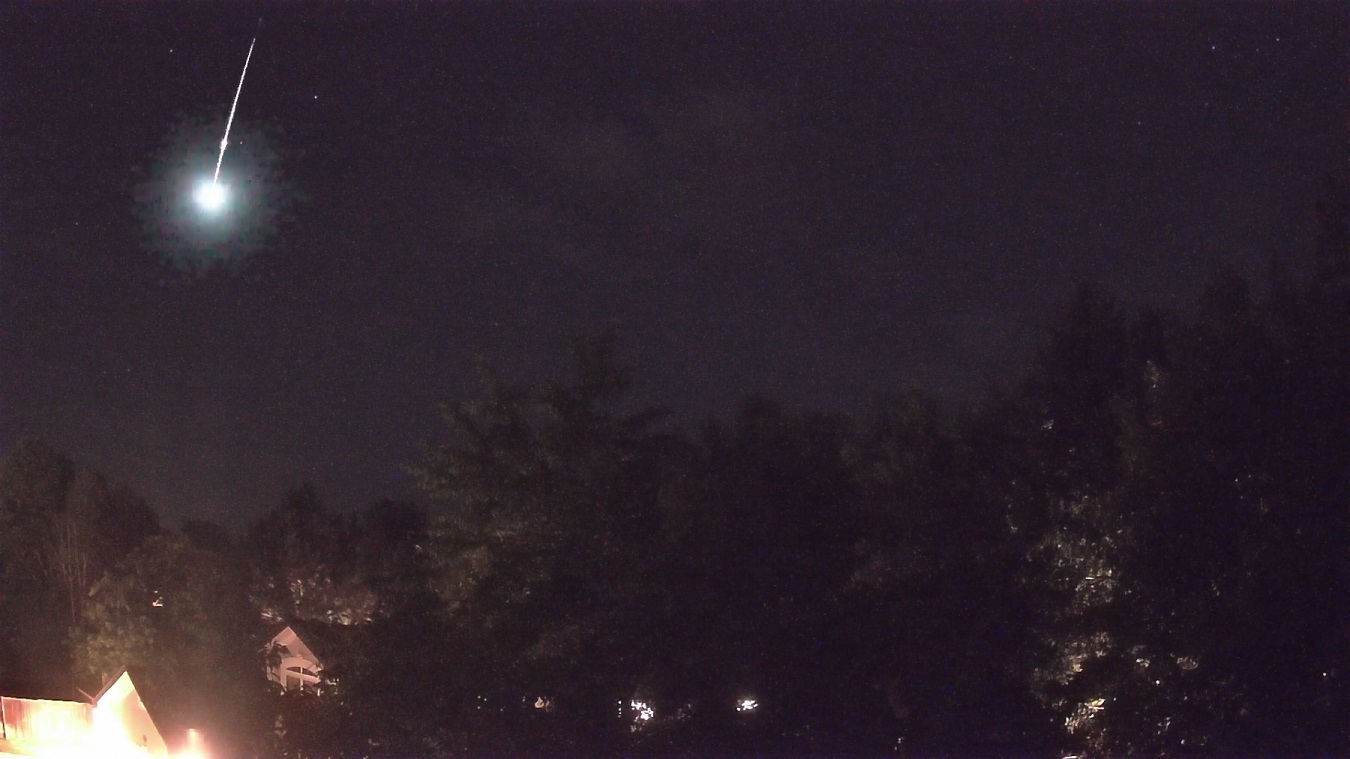
Jordan Ragsdale captured this multi-bursting fireball using his AllSky Camera System on July 24, 2023, at 23:50 MDT (05:50 UT…
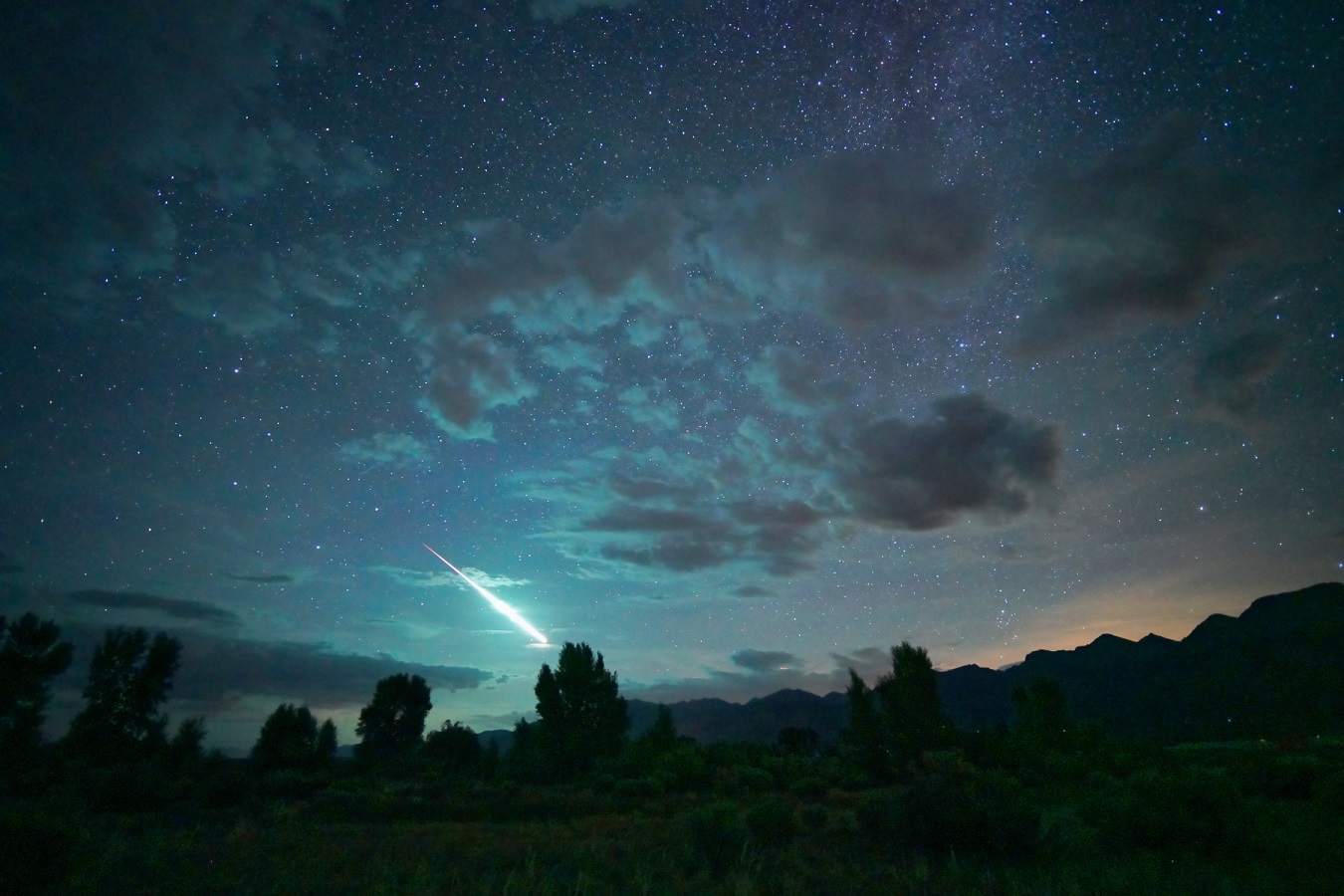
Mike Lewinski captured this beautiful fireball on July 25, 2023, at 00:03 MDT (06:03 UT) from Crestone, Colorado, USA. ©Mike…

Jordan Ragsdale captured this bright fireball using his AllSky Camera System on June 18, 2023, at 23:46 MDT (05:46 UT…

The illustration above displays the orbits of actual Quadrantid meteors captured on multiple video cameras. The angle of the view…

Jordan Ragsdale captured this multi-bursting fireball using his AllSky Camera System on April 16, 2023, at 05:56 MDT (11:56 UT)…

Silvia Del Rincón captured this colorful fireball on July 23, 2023, at 01:53 PDT (8:53 UT) from Juárez, Baja California…

Pavel Vorobiev captured this colorful fireball on July 23, 2023, at 01:46 PDT (8:46 UT) from Laguna Hanson, Baja California…

Position of the Geminids radiant on Dec 14th. North is up in this illustration The Geminids are active from November…

Gary Mead captured this multi-bursting fireball on July 20, 2023, at 22:37 MDT (4:37 UT on July 21) from the…

Tobias Felber caught this impressive fireball at 2:19 CEST on July 16, 2023 from Glashütte, Germany. We are all lucky…

The illustration above depicts the sky looking south from Washington DC at dusk looking south some four hours after the…
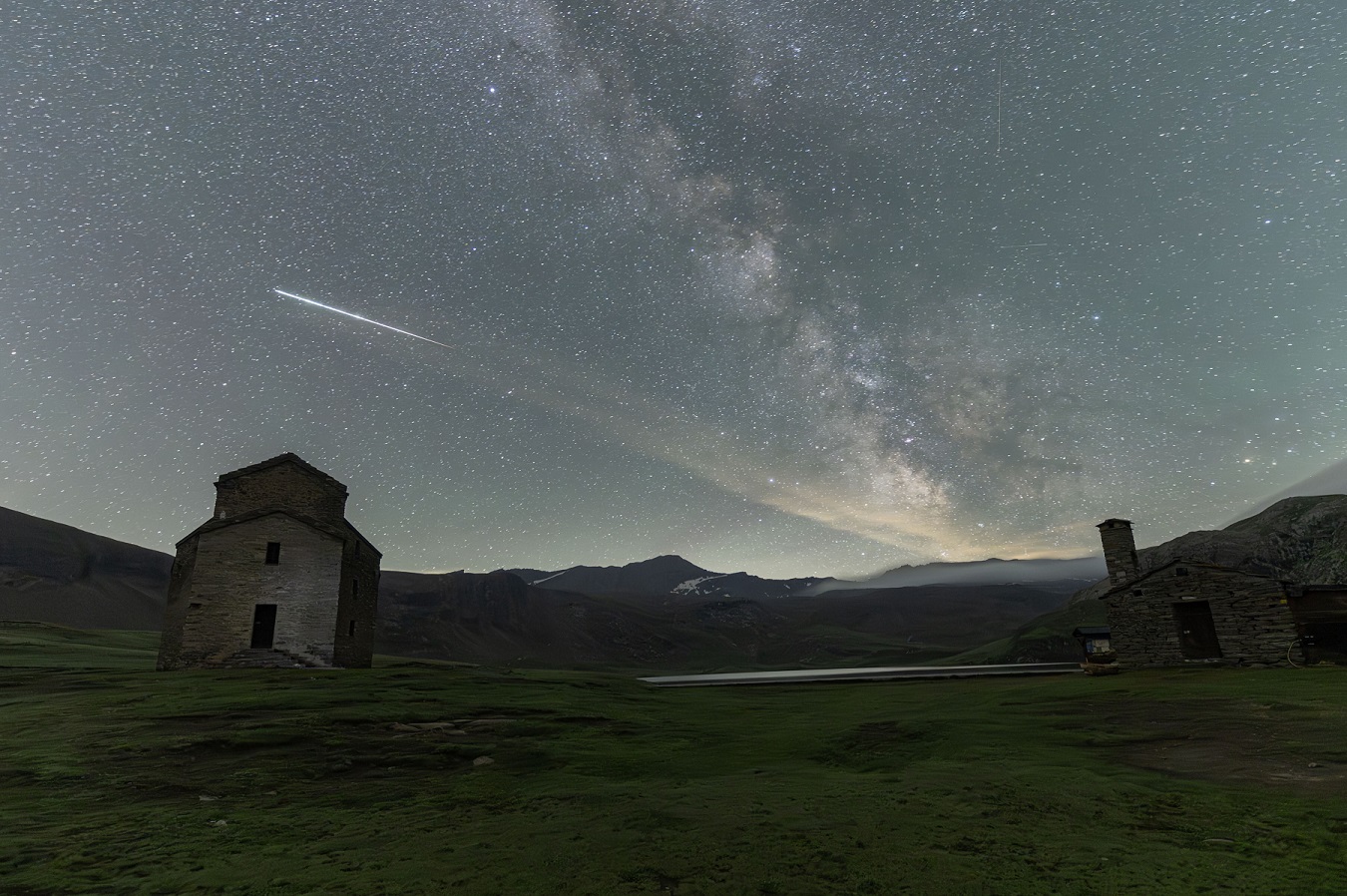
Andrea Cappelletto captured this impressive fireball on July 15, 2023, at 00:24 CEST from Dondenaz, Italy. The cloud trailing the…
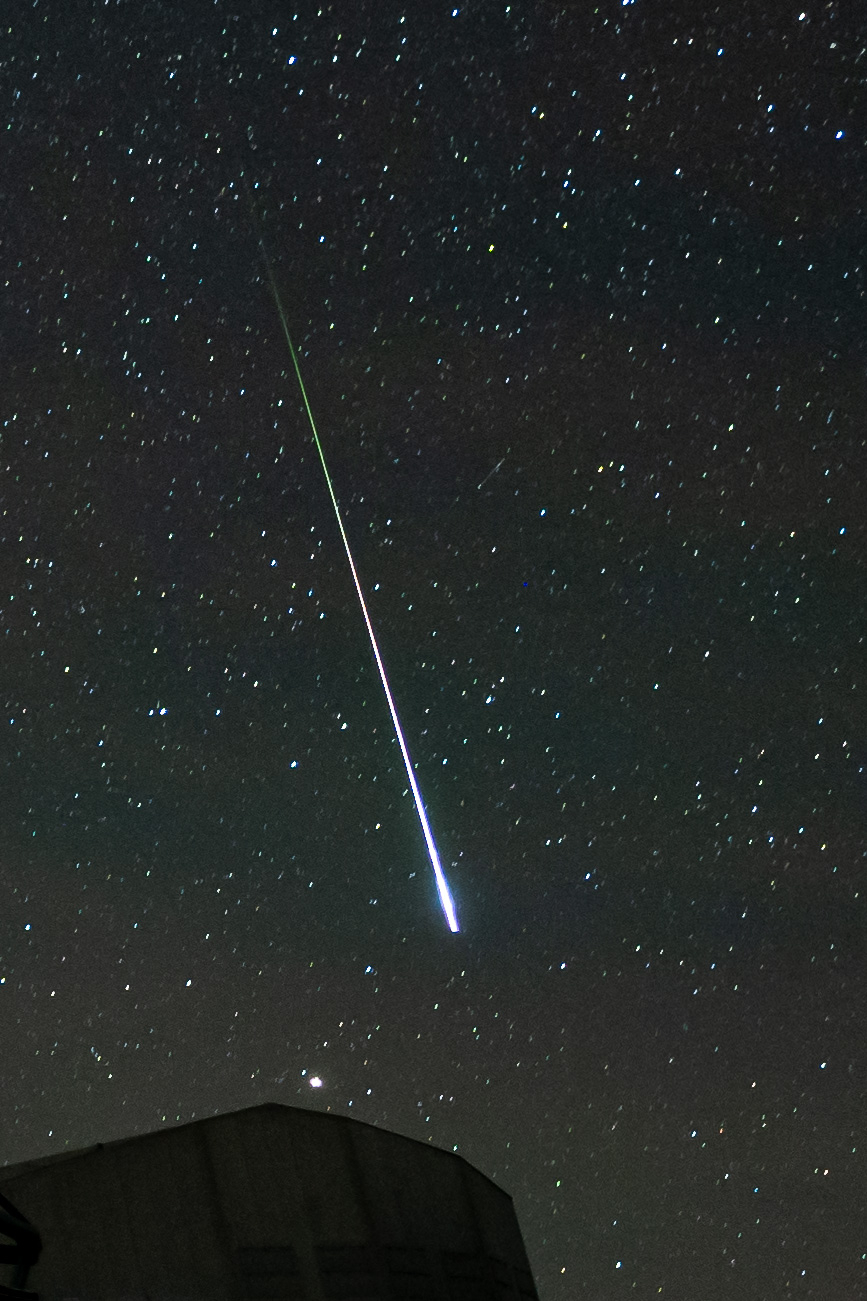
Boris Häußler captured this bright fireball on June 22, 2023, at 05:14 UT from Antofagasta, Chile. He mentioned that the persistent…
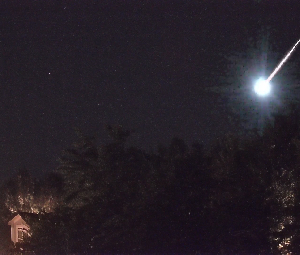
Jordan Ragsdale captured this bright fireball using his AllSky Camera System on June 22, 2023, at 03:09 MDT (9:09 UT)…
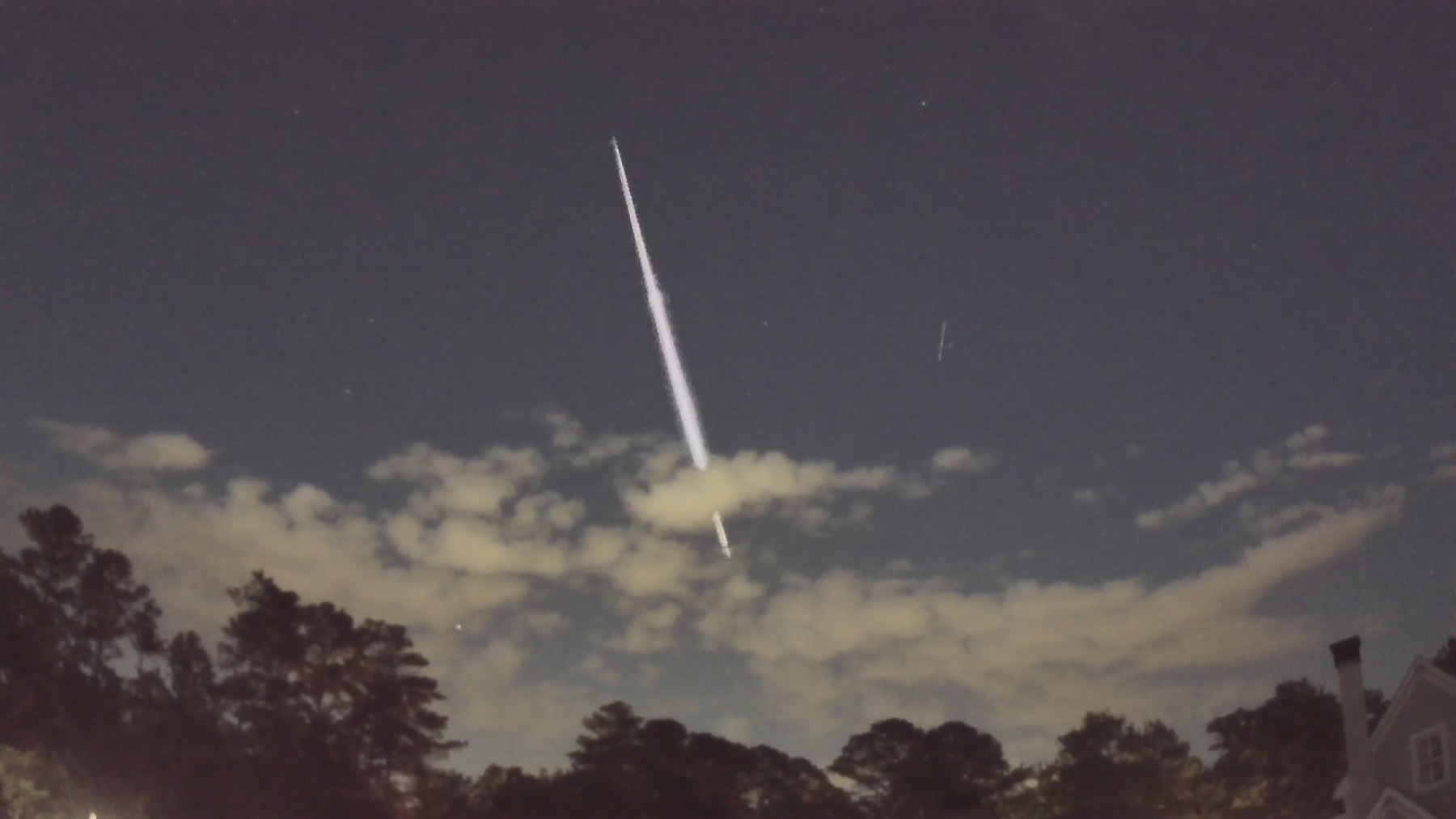
Ed Albin captured this bright fireball using a AllSky 7 Camera System at 21:27 EDT (01:47 on May 29 UT)…

This very long fireball was captured by Roy Georges at 03:47 CEST (01:47 UT) on May 18, 2023, from Pasly, France.…